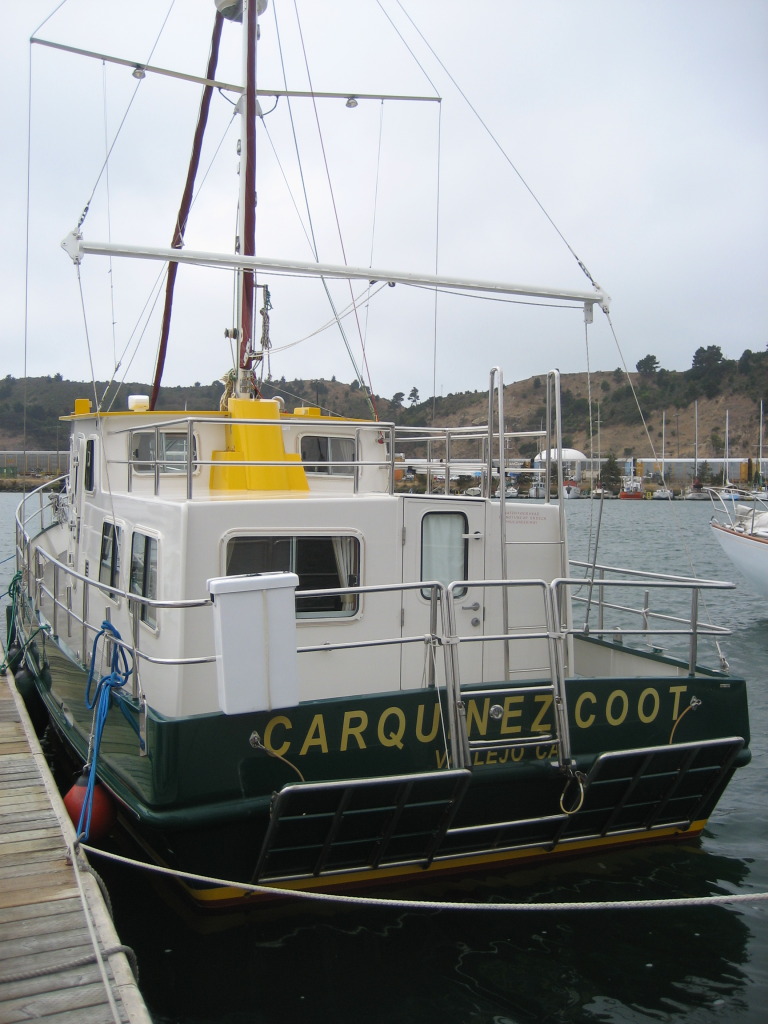evansrr
Veteran Member
Greetings,
I live in the Shenandoah Valley of Virginia but I'm giving up my whitewater canoe for a boat and navigable water so Annapolis and the Chesapeake Bay is my boating "home".
I'm only a few years from retirement and in looking for a life outside of work I settled on the notion of exploring all that the Chesapeake and its tributaries have to offer from the water instead of roads and towns in the bay's proximity.
I've been window shopping for a boat for awhile but with no experience there is not much to go on so I decided instead to join a boating club, take lessons, learn the rules of the road and try it out before putting out a sizeable sum for our own boat. The boats that we use are early 2000s Albin 28's with 315 Yanmar engines. So far it's been great and the very tight quarters of the club's marina on Back Creek in Annapolis has given me quite a bit of practice in maneuvering and docking.
I have many questions for the group but my first concerns observations from long time boaters on the differences between handling a trawler as compared to a cruiser. I've noticed that the Chesapeake is a pretty choppy bay on most of the occasions that I have been out there and that the greater the chop the less I tend to see of crusiers, especially the smaller ones. I think the Albin handles the chop pretty well although there are occasions that I have to close all of the cockpit windows. Not having run a cruiser or know anyone who does I don't know how well they handle rougher conditions.
Although I like the trawlers more than the cruisers from a design standpoint cruisers are generally considerably cheaper than a comparable size trawler and I owe it to myself to at least compare the two.
Throwing out mechanical differences and diesel compared to gas does anyone have any experience in how a 28' cruiser handles in rough water compared to "my" Albin 28?
I live in the Shenandoah Valley of Virginia but I'm giving up my whitewater canoe for a boat and navigable water so Annapolis and the Chesapeake Bay is my boating "home".
I'm only a few years from retirement and in looking for a life outside of work I settled on the notion of exploring all that the Chesapeake and its tributaries have to offer from the water instead of roads and towns in the bay's proximity.
I've been window shopping for a boat for awhile but with no experience there is not much to go on so I decided instead to join a boating club, take lessons, learn the rules of the road and try it out before putting out a sizeable sum for our own boat. The boats that we use are early 2000s Albin 28's with 315 Yanmar engines. So far it's been great and the very tight quarters of the club's marina on Back Creek in Annapolis has given me quite a bit of practice in maneuvering and docking.
I have many questions for the group but my first concerns observations from long time boaters on the differences between handling a trawler as compared to a cruiser. I've noticed that the Chesapeake is a pretty choppy bay on most of the occasions that I have been out there and that the greater the chop the less I tend to see of crusiers, especially the smaller ones. I think the Albin handles the chop pretty well although there are occasions that I have to close all of the cockpit windows. Not having run a cruiser or know anyone who does I don't know how well they handle rougher conditions.
Although I like the trawlers more than the cruisers from a design standpoint cruisers are generally considerably cheaper than a comparable size trawler and I owe it to myself to at least compare the two.
Throwing out mechanical differences and diesel compared to gas does anyone have any experience in how a 28' cruiser handles in rough water compared to "my" Albin 28?



